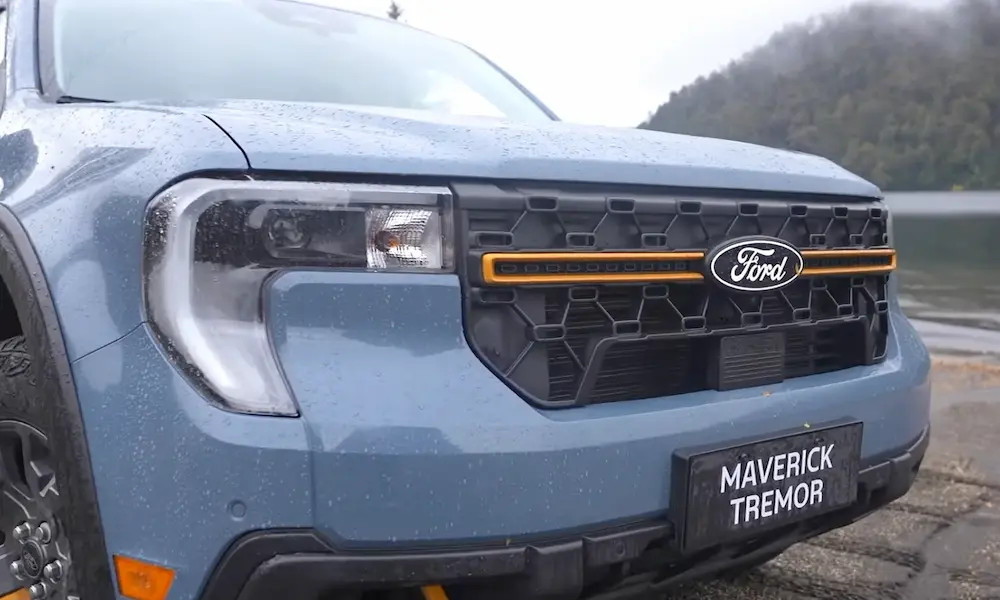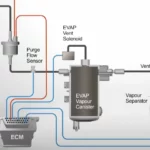You may be cut at a crossroads of wanting a better engine performance by getting rid of your catalytic converter but fear failing the emission test.
The good news is that there is a way to bypass the Cat of your vehicle and still pass the emission test.
We will be looking at ways to pass emission tests without a Cat and answering any important questions you may have.
What is an Emission Test?
An emission test is checked on a vehicle to ensure it does not release more than the specified greenhouse gasses and pollution.
The test is done by a trained professional who attaches a diagnostic device to your vehicle’s OBD port. Once plugged in, the device will scan your vehicle for Diagnostic Trouble Codes (DTCs).
If you have an older vehicle or the OBD is unavailable, a tailpipe emission test will be done on your car. It is done by placing a probe in the tailpipe, which will pick up any emissions problem.
Also, there will be a physical inspection of your vehicle’s emission system. The emission system includes the following.
3. Power Control Module (PCM)
4. Exhaust manifold
5. Exhaust pipes
6. Evaporative emission canister
7. Fuel tank pressure sensor
8. Canister purge valve
9. Canister vent valve
10. Fuel fill cap
11. Fuel tank vapor control valve
12 Evaporative two-way valve
13. Vapor recirculation tube
Most of these components will be inspected for leaks or other damages that could affect the emission quality. One major factor affecting a vehicle’s emission of quality is the catalytic converter.
What is a Catalytic Converter?
The catalytic converter is responsible for filtering harmful substances from the exhaust gasses. It uses metal catalysts to reduce the nitrogen oxides in the exhaust gasses.
The nitrogen is trapped within the metal catalysts when the gas passes through the catalytic converter.
You can find the catalytic converter between the exhaust system and the manifold under the vehicle.
The catalytic converter is crucial in the vehicle’s emission and emission test. It has sensors present in them that monitor the oxygen level in the exhaust gas.
Once the sensor picks up a reading of low oxygen level due to high nitrogen oxide, the reading is sent to the PCM. The PCM, in turn, will trigger warning lights and error codes.
The sensor will also trigger error codes and warning lights if the catalytic converter is not in good condition.
How to pass Emission without Cat
Many car users are opting to remove their catalytic converter. Doing this can remove the restriction created and improve gas flow in the exhaust system. You will also operate at a lower temperature when the construction is removed.
When you remove the Cat, you have lesser backpressure created by the slowing down of fluid caused by the Cat. Once there is a lesser backpressure and better gas flow, your vehicle can achieve better horsepower.
The problem is that removing the catalytic converter will affect your vehicle’s emissions. With this, you may not be able to pass the emission test.
Straight pipe or Downpipe
There is a way you could bypass the catalytic converter and also pass the emission test. The secret is in a straight pipe.
The straight pipe runs from the cylinder in the engine down to the exhaust system. It does not have a catalytic converter or muffler.
If you use a turbocharged engine, you might not be able to use a straight. However, you can make use of a downpipe.
Downpipes are divided into two, the catted and catless Downpipe. The catted Downpipe comes with a high-flowing catalytic downpipe. On the other hand, the catless Downpipe does not have a catalytic converter.
Defouler
You will also need a Defouler installed on your straight pipe or Downpipe. It is a way of tricking your PCM into thinking you still have a catalytic converter.
Without the Defouler, the PCM will throw codes related to the missing catalytic converter.
Once the code comes up during the emission test, your vehicle will not pass the emission test.
What causes emission problems in a car?
1. Catalytic Converter
One of the most common causes of emission problems is catalytic converters. As we know, the catalytic converter filters the exhaust gasses. When the Cat is damaged, the vehicle will begin to emit carbon dioxide, which is unsuitable for the environment.
2. Electric problems
When there is an electrical problem, it could cause the check engine to come off for no reason.
Also, an electrical problem could affect the various sensors in the vehicles. Sensors like oxygen sensors and more will be affected and can trigger warning lights and emission-related error codes.
3. Exhaust system trouble
When there is a problem with any part of the exhaust system, your vehicle will not pass the emission test. Some common issues that could happen to the system include clogs, leaks, damaged oxygen sensors and more.
You could also face engine performance issues if you have an exhaust issue. For instance, a clogged exhaust could cause the engine to misfire and overheat.
4. Fuel and combustion issues
The quality of combustion that your vehicle’s engine has will determine the kind of emission it will have.
Your engine needs the proper fuel-air ratio to have the appropriate combustion. When the mixture is incorrect, you will have combustion issues and emission problems.
5. Ignition and Detonation issues
When the fuel-air mixture is done, it is then transferred to the engine cylinder, where it is ignited. The spark plug does the ignition, and no ignition will take place when it is terrible.
As a result of a bad spark plug, unburned fuel will escape to the ignition system and cause it to fail emissions tests.
Finally Thoughts!
Passing an emission test without a Cat could be tricky, but it is not impossible. The modification needs to be done with accuracy; any mistake in the process could make your vehicle fail emission.
If you do not have excellent mechanical knowledge or experience, you should consider using a professional in the modification process.
















